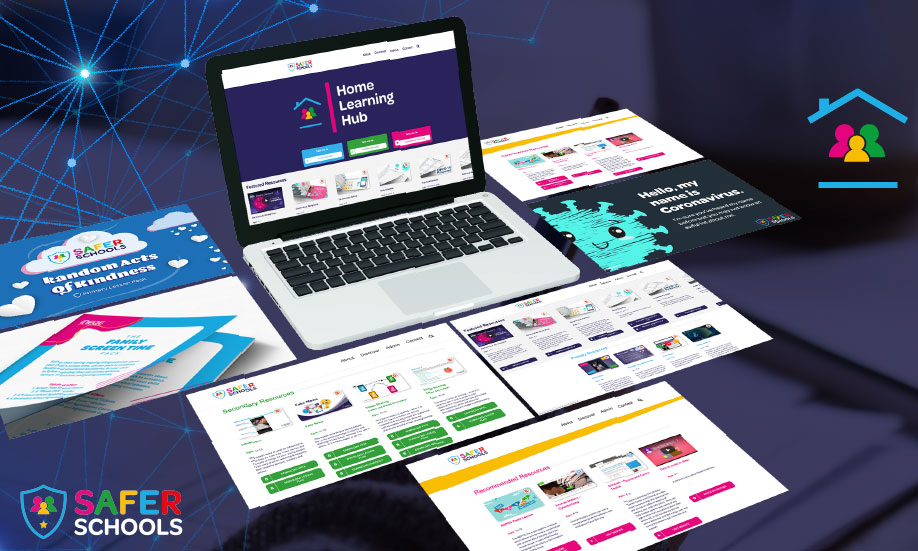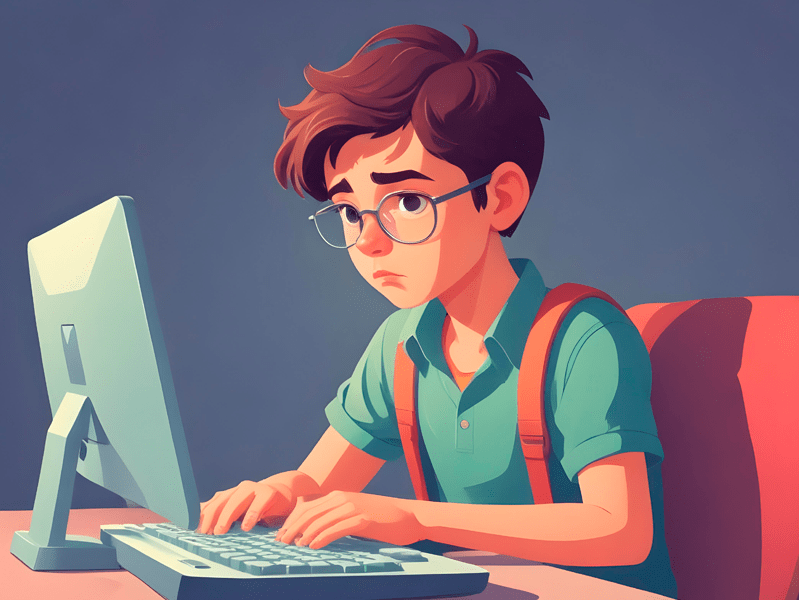Last Updated on 8th September 2022
If a young person in your care has an active suicide plan you should go with them to your nearest A&E for immediate support.
#WorldSuicidePreventionDay
World Suicide Prevention Day happens every year on September 10th. This year the theme is ‘Creating Hope Through Action’. The theme aims to suggest that all of our actions, no matter how big or small they are, can provide hope to someone who is struggling.
According to Papyrus, 1 in 4 young people will experience thoughts of suicide at some point. While this is prevalent in vulnerable young people, it’s important to remember that thoughts of suicide can happen to anyone at any time for any reason. Life experiences will leave very different impressions on every individual. Even if the majority feel able to cope with an event, others may not be able to cope as well.
It has never been more critical to know how to approach a conversation about this topic with the young people in your care.
Latest Figures on Suicide Prevalence
Suicide and self-harm rates among young people are increasing across the UK at an alarming rate, according to the Royal College of Paediatrics and Child Health (RCPCH). Research from the National Child Mortality Database found that 62% of children or young people reviewed in their research had suffered a significant personal loss to their life prior to their death, including bereavements, loss of friendships, or a close relationship breakdown.
There are many misconceptions about suicide, and understanding them is vital if we want to respond to the issue appropriately.
This video is a collaboration between Papyrus and Blue Zoo Animation Studio for World Suicide Prevention Day. We encourage you to share it with the young people in your life, to remind them that they are not alone.
Always remember that suicide is not a selfish act. It is a desperate response by someone who is in extreme emotional distress and pain.
There is a big difference between individuals with a definitive action plan to end their life versus individuals struggling to cope with life’s challenges. Both require help, but one is more life-threatening and may need professional intervention.
This is especially important when it comes to young people. While they may appear to overstate their feelings or focus on ‘small problems’, it’s crucial to listen to them without judgement and to not dismiss their feelings. Seemingly small problems still warrant your attention.
If you are responding to a disclosure of suicidal ideation, it’s helpful to keep your own emotions to yourself and process them afterwards in a private setting. Many young people will fear intense emotional reactions from caregivers in their life. Any negative reaction may be a barrier to them revealing difficult feelings to you in the future. They might feel exhausted by another intense emotion adding to their own and may leave the conversation feeling justified in not confiding in you again.
No matter what, remind the young person in your care that you love them and emphasise that you want to help them. If you feel ill-equipped to offer advice, there are many supports available to young people. You can find these at the end of this article. These sources provide positive ways to help young people cope and can equip them with techniques that will help them feel better, even if they don’t feel that is a possibility right now.
Remember: Suicide is a permanent answer to a temporary problem.
How to lead a conversation on suicide
LISTEN
If a young person in your life discloses their struggles to you, focus on these key steps: acknowledge the issue, validate the emotions behind it, and express that you understand how difficult the young person is finding things in their life. Resist the temptation to say “Everything will be fine” – this may sound reassuring and will make you feel better, but it undermines the feelings of the young person and minimises the problem. In these moments, focusing on their feelings and thoughts is vital. For example:
EXPLAIN
The importance of being honest about the issue of suicide cannot be understated. If someone in your child’s social circle has ended their life, it is better to discuss this with them than avoid it. If the issue is avoided or ignored, it can leave children and young people feeling invisible, unheard, and vulnerable. This may impact the trust they have in your relationship with them and could negatively impact their mental health.
Talking openly about suicide will not make it a more likely path for those in your care. Instead, it shows you are properly able to emotionally support the young person in whatever they are dealing with.
Tips for explaining suicide to young people:
ACT
Don’t wait to start the conversation. If a suicide has happened in a young person’s community or if a celebrity attempts or dies by suicide, you should use this as an opportunity to talk to them about the issue. Don’t be afraid to have the conversation. Young people will have lots of complex thoughts and feelings, which should be explored carefully and with guidance.
Using open-ended questions will help you explore what they know about the story and allow you to fill in the blanks without revealing too much information that may distress them. Keeping your responses simple and short allows young people in your care to direct the conversation with their questions.
Explore what a young person would do if they felt isolated, sad, or if they wanted to hurt themselves. Check they know who they could speak to and where they could seek help.
Keep in mind that when a traumatic event is breaking news, information can come quickly through social media streams. Advising young people to take a break from the internet for a few hours can help them feel less overwhelmed and upset.
Using these opportunities as teachable moments can greatly empower young people to realise they are not alone and access the supports around them if they are struggling.
Talking Tips:
“I saw on the news that someone died in our area. It’s really sad.”
“What did you hear about what happened to [person]?”
“How do you feel about what happened? Is there anything I can do to support you?
“If you felt sad and low, who would you talk to?”
“I really care about you, and I’m always here for you. It means a lot to me that we can be honest with each other about everything.”
Join our Online Safeguarding Hub Newsletter Network
Members of our network receive weekly updates on the trends, risks and threats to children and young people online.













